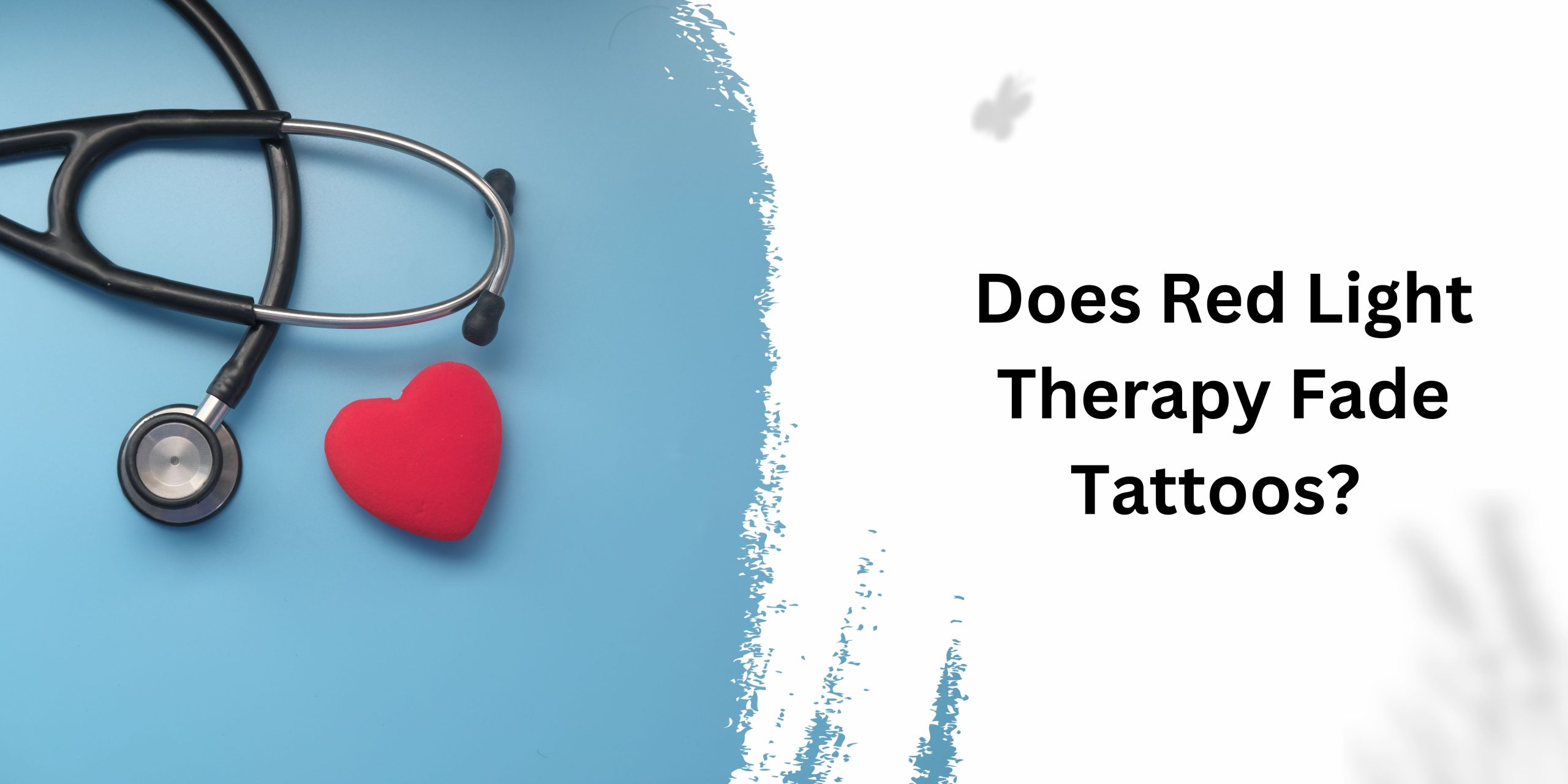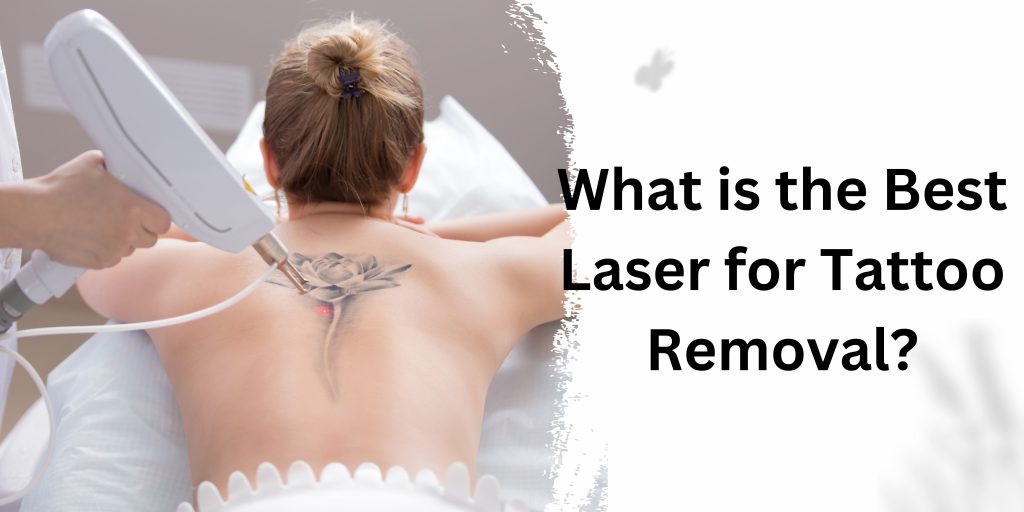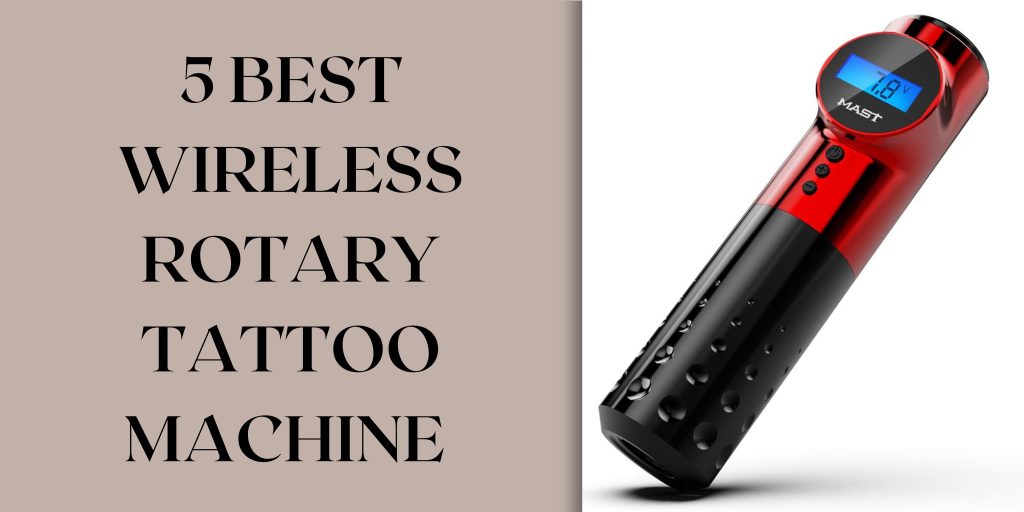Tattoos have long been a symbol of self-expression, capturing personal narratives, beliefs, and memories. However, as time passes, some individuals might find themselves wanting to alter or remove their tattoos for various reasons. In recent years, red light therapy has gained attention for its potential to impact skin health positively. But can this therapy, with its growing list of benefits, does red light therapy fade tattoos? Let’s delve into the world of red light therapy and its interaction with tattoos to find out.
What is Red Light Therapy?
Red light therapy, also known as low-level laser therapy (LLLT) or photobiomodulation, is a non-invasive treatment that exposes the skin to low levels of red light. This light is typically within the wavelength range of 620 to 700 nanometers, penetrating the skin to stimulate cellular rejuvenation and promote healing. Widely used in dermatology and other medical fields, this therapy has shown promising results in treating various skin conditions, promoting collagen production, and reducing inflammation.

Tattoos and Their Longevity
Tattoos are created by injecting ink into the dermis layer of the skin. Over time, as the skin sheds and renews itself, some of the ink particles break down, while others remain trapped in the dermis, creating the permanent image we see on the skin’s surface. While tattoos are designed to be permanent, some individuals may seek ways to fade or remove them due to changes in personal preferences, career choices, or ageing skin.
Read More: Benefits of using an ice pack on a tattoo
The Science Behind Red Light Therapy and Tattoos
The interaction between red light therapy and tattoos is a complex process influenced by several factors. Studies suggest that red light therapy can stimulate cellular activity and promote blood circulation, leading to improved tissue regeneration. While this can be beneficial for overall skin health, its impact on the tattoo pigment within the dermis is a different matter.
Benefits of Red Light Therapy for Tattooed Skin

Improved Circulation:
Red light therapy stimulates blood circulation, which can benefit tattooed skin by enhancing the delivery of nutrients and oxygen to the area. Improved circulation can also aid in the removal of waste products and toxins, promoting overall skin health and potentially contributing to the vibrancy of the tattoo.
Enhanced Collagen Production:
Collagen, a vital protein responsible for skin elasticity and firmness, plays a crucial role in maintaining the skin’s structure and appearance. Red light therapy can stimulate the production of collagen, leading to improved skin texture and tone. This can contribute to the overall look of the tattooed skin, making the colours appear more vivid and the lines more defined.
Reduced Inflammation:
Inflammation can occur during and after the tattooing process, leading to redness, swelling, and discomfort. Red light therapy has anti-inflammatory properties that can help reduce swelling and redness, promoting a faster healing process for the skin. By minimizing inflammation, red light therapy can contribute to the preservation of the tattoo’s integrity during the healing phase.
Accelerated Healing:
The skin undergoes a healing process after receiving a tattoo, which involves cell regeneration and repair. Red light therapy can accelerate this healing process by stimulating cellular activity and promoting tissue regeneration. This can result in faster recovery, reducing the risk of complications and improving the overall appearance of the tattooed skin.
Minimized Scarring:
Scarring is a common concern after tattoo removal procedures, and it can affect the appearance of the skin and the tattoo itself. Red light therapy can help minimize scarring by promoting the production of new, healthy skin cells and reducing the formation of scar tissue. By supporting the skin’s natural healing process, red light therapy can contribute to a smoother and more uniform skin texture, preserving the integrity of the tattooed area.
Overall Skin Rejuvenation:
Beyond its specific effects on tattooed skin, red light therapy can contribute to overall skin rejuvenation. It can improve the skin’s tone, texture, and overall appearance, creating a more vibrant and youthful look. This can indirectly enhance the appearance of the tattoo, making it stand out more prominently against healthy, rejuvenated skin.
Pain Relief:
Some individuals may experience discomfort or pain during or after the tattooing process. Red light therapy has been known to have analgesic effects, providing relief from pain and discomfort. By alleviating any associated pain, red light therapy can contribute to a more positive overall tattooing experience, promoting a sense of well-being and comfort during the healing process.
Read More: What Is an Eyebrow Tattoo?
Is red light therapy bad for tattoos?
Red light therapy is generally considered safe and not known to be harmful to tattoos. While it may not directly fade tattoos, it does not typically have adverse effects on the appearance or integrity of the tattooed skin. Red light therapy primarily targets the deeper layers of the skin, promoting various beneficial effects such as improved circulation, enhanced collagen production, reduced inflammation, accelerated healing, minimized scarring, and overall skin rejuvenation.
However, it is essential to consult with a professional before undergoing any new skincare or tattoo removal treatments to ensure the best possible outcomes. Individual reactions to any therapy can vary, so seeking guidance from a dermatologist or a skincare specialist is crucial, especially if you have concerns about the impact of red light therapy on your tattoos. They can provide personalized advice based on your specific skin type, tattoo characteristics, and overall skincare goals.
Does red light therapy hurt tattoos?
Red light therapy is generally considered to be a non-invasive and painless treatment, and it is not known to directly cause any discomfort or harm to tattoos. The low-level light used in red light therapy penetrates the skin without causing damage to the tattooed area. While the therapy may not directly impact the tattoo itself, it can provide various benefits for the skin surrounding the tattoo, such as improved circulation, enhanced collagen production, and reduced inflammation, without causing any adverse effects on the tattoo.
It’s essential to consult with a skincare specialist or a dermatologist if you have any concerns about the potential impact of red light therapy on your tattoos or if you experience any unusual sensations or discomfort during the therapy sessions. They can provide personalized guidance and ensure that the therapy is administered in a safe and appropriate manner, taking into account your specific skin type and tattoo characteristics.
Other Methods to Fade Tattoos
While red light therapy may not be the most effective method for fading tattoos, several other techniques can help alter or remove tattoos. These methods include laser tattoo removal, dermabrasion, chemical peels, and surgical excision. Laser tattoo removal, in particular, remains one of the most popular and effective ways to fade or remove tattoos, as it targets the tattoo pigment directly without affecting the surrounding skin.
Conclusion
While red light therapy offers a plethora of benefits for the skin, its direct impact on tattoo fading remains limited. Although it can enhance the overall skin condition and aid in the recovery process after tattoo removal, individuals seeking to fade their tattoos may find more success with specialized tattoo removal techniques such as laser therapy. It’s important to consult with a dermatologist or a tattoo removal specialist to determine the most suitable approach based on individual needs and skin type.







